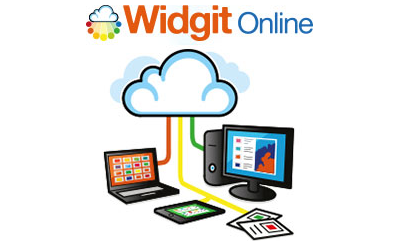- You are here:
- Home
- About Symbols
- Nine Reasons to Use Symbols
Nine Reasons to Use Symbols
Symbols can help users of all ages, abilities and backgrounds who have difficulties with text or communication
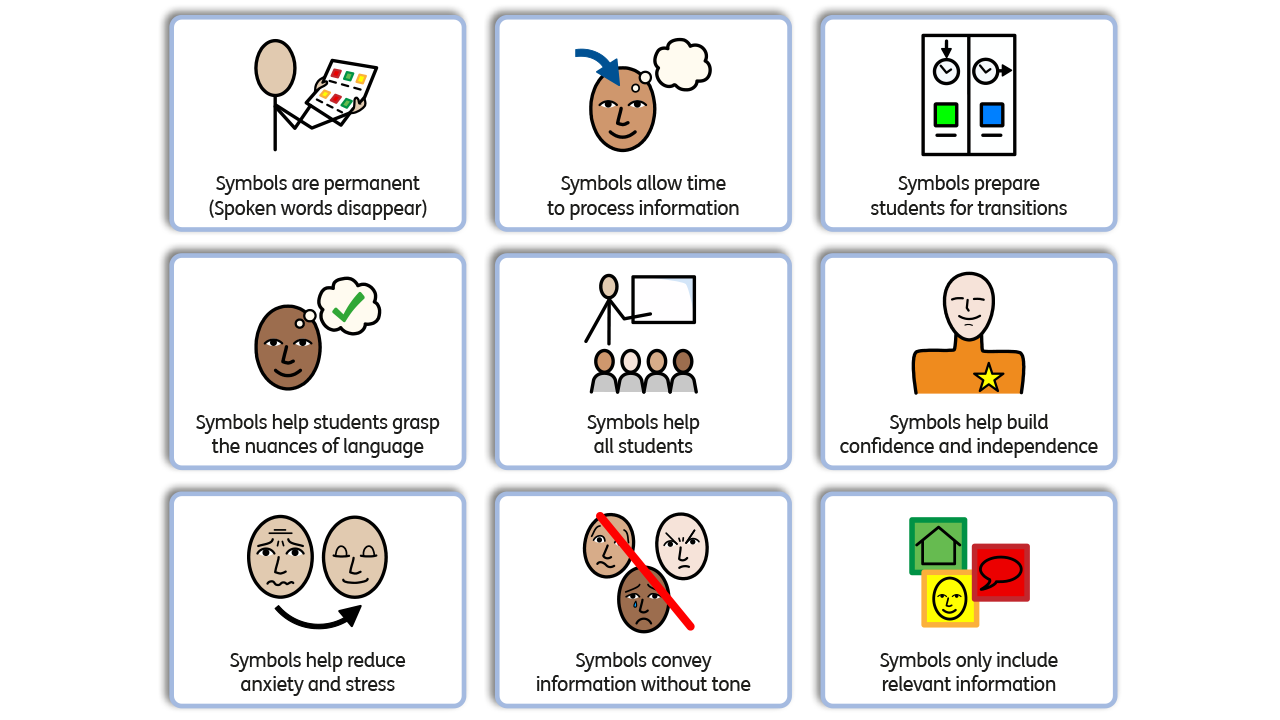
1. Symbols are permanent (spoken words disappear)
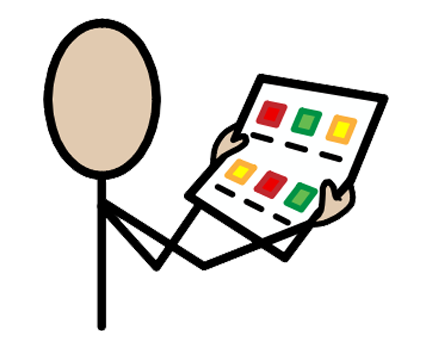
Spoken words are transitory (they disappear once spoken) and for some students with poor auditory memory or who struggle with attention and listening skills, this means that they are unable to recall information or instructions.
Symbols are permanent and so can be used to support language in the classroom and act as a reminder for all the tasks, vocabulary and information required. Symbolised instructions and learning intentions can help students remember what they need to do to complete a task independently and successfully.
A symbolised vocabulary mat can provide hints and tips for extending vocabulary in topic and writing tasks, where the student has forgotten the words introduced within the lesson.
2. Symbols allow time to process information

Information from the Visual Teaching Alliance tells us that our brains process visual information much faster than other input channels. Symbols can help students process the information received much faster, while making the connections they need to complete tasks.
A symbol can help a student from becoming distracted when they are having to take in too much verbal input.
As words disappear when spoken, a symbol provides a permanent reminder and therefore allows a child time to process the information.
EAL students in the early stages of learning English will often translate information into their home language and then retranslate answers back into English. They need time to process and visualise materials to support recall of information supplied.
3. Symbols prepare students for transitions

Symbols provide visual information that can support a student to know what to expect and what will happen next. For some students, anxiety, frustration and dysregulation can be caused when routines change or unknown situations are encountered.
Visual timetables and First and Next Boards can help provide structure and reassurance, as well as motivation to complete activities.
4. Symbols help students grasp the nuances of language
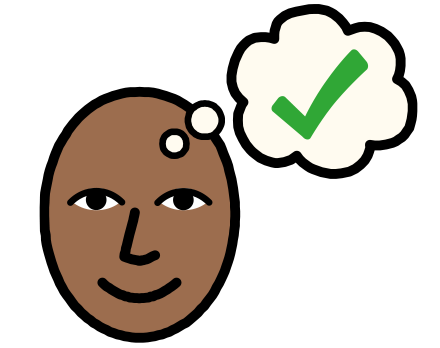
English is a complex language to learn with multiple meanings for words spelt and / or pronounced in the same way. Symbols added to text can help students comprehend what they are reading, e.g.
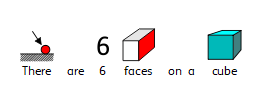

5. Symbols help build confidence and independence

Symbols help to make things clearer for individuals. They can increase independence by providing key information in a simplified but organised structure, without the need for repetition.
Symbol-users are able to:
- find equipment
- navigate environments
- follow sequences (like hand washing or teeth brushing) themselves
- read and understand text
- be responsible for collecting school equipment for each day
- recognise what is happening next in a day / week through visual timetables
- provide the means of retelling / recounting information
6. Symbols only include relevant information

Symbols can be accessed by anyone at any age, and from any background or country.
The simple representations of vocabulary and concepts mean that they can be understood irrespective of culture, helping everyone to easily access written information. They do not include any superfluous information, but are clear and concise.
7. Symbols convey information without tone

Symbols, like words on a page, can not be misinterpreted by the addition of gestures, facial expression or tone of voice. Information is therefore conveyed in a neutral, stress-free manner.
A request that is communicated via a
symbol contains no tone, anger or disapproval, etc.
For some young people who are Demand Avoidant, they are more responsive to symbol requests than those made by people.
Symbols have no background information which require interpretation (as photographs can do), and so a clear, concise, non-judgemental message is portrayed.
8. Symbols help reduce anxiety and stress

Symbols provide visual information that can support a student to know what to expect and what will happen next. For some students, anxiety, frustration and dysregulation can be caused when routines change or unknown situations are encountered.
Whether using symbols to present visual information on what will happen in the lesson, what will take place during the day, where they will be going or how long they have left, symbols can help to ease feelings of anxiety or stress.
9. Symbols help all students
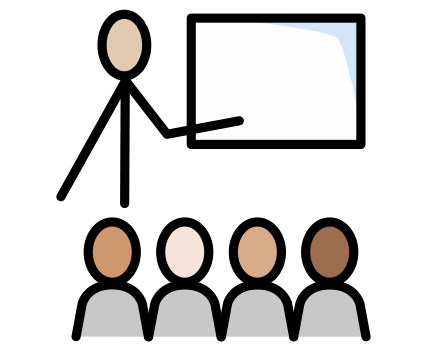
Symbols are helpful for both students and the wider society when creating accessible information and ways to communicate.
Find out more about how organisations and companies throughout the UK are becoming Symbol-Friendly Organisations.
Try Widgit Online Free
Join thousands of teachers, parents and proffessionals and start creating your own symbol materials with Widgit Online.
With access to over 20,000 symbols and 100s of ready-made templates Widgit Online is the perfect for supporting users of all ages, abilities and backgrounds.

